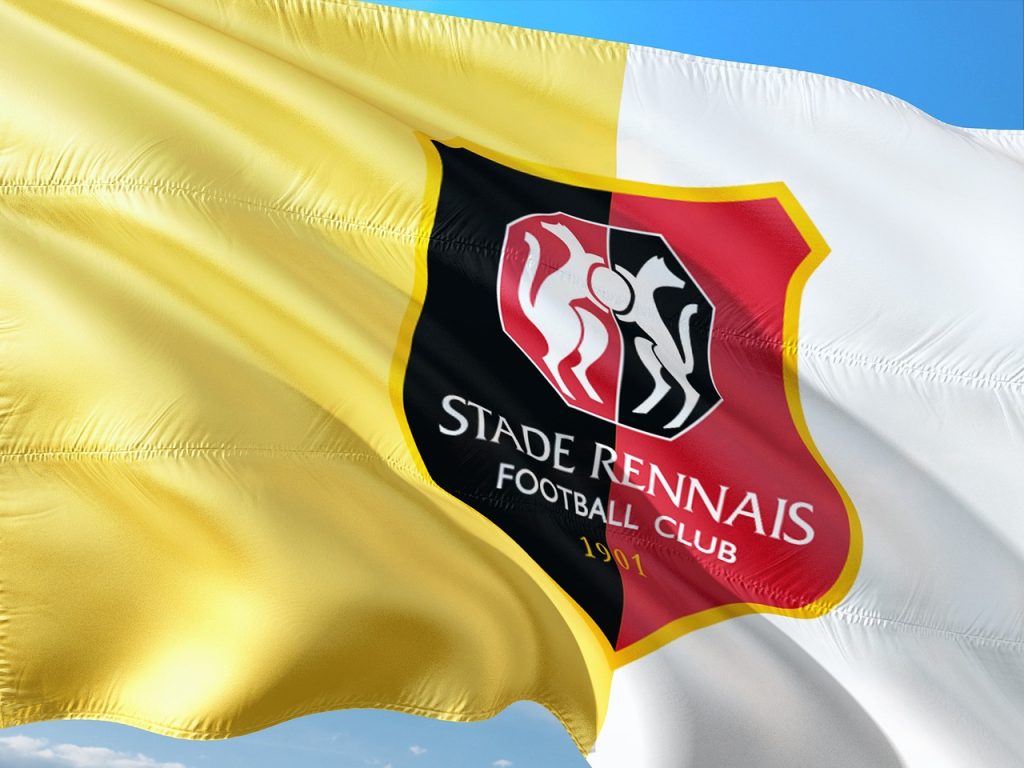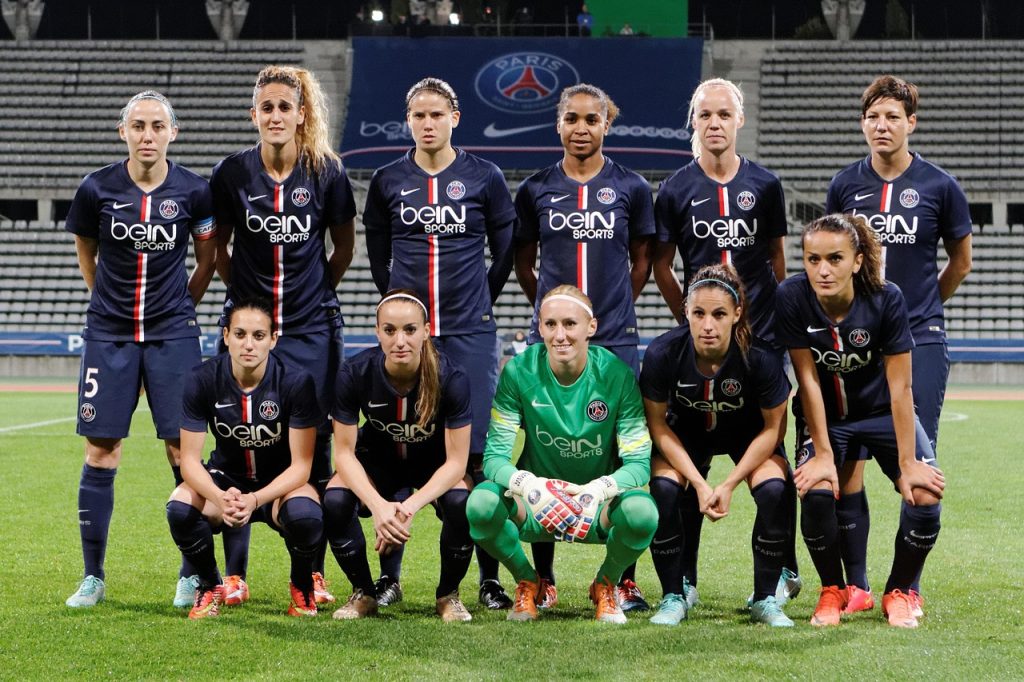
How France’s Soccer League System Works

France’s soccer leagues are among the most structured and talent-rich systems in the world. With a deep pyramid that ranges from top-tier professional clubs to local grassroots teams, France offers a clear and competitive path for players of all levels.
Top Tier Professional Football Teams in France
At the top of France’s soccer league system is Ligue 1, the premier professional division, featuring 18 of the country’s most elite clubs. It’s where international stars compete and where clubs like Paris Saint-Germain, Olympique de Marseille, and AS Monaco make headlines.
Promotion and relegation are a huge part of the European football system. Teams can teams move up or down between divisions, at the end of the season, based on their performance. If a team finishes at the top of their league, it ia “promoted” to a higher division. Teams that finish near the bottom are “relegated” to a lower division. This creates a competitive environment where every game matters, not just for championship titles, but also to avoid the financial and sporting setbacks of dropping to a lower tier.
U.S. sports favor closed league systems. Teams do not move higher or lower in tiers regardless of how they perform. With promotion and relegation, smaller clubs can climb the ranks over time. This can lead to incredible underdog stories. For example, a team from a small town could, through years of success, reach the highest professional level.
On the other hand, even large and well-funded clubs can find themselves relegated if they underperform. This merit-based system keeps leagues dynamic and engaging. It encourages long-term investment, development of local talent, and passionate support from fans at all levels.
United States Soccer operates a model without promotion and relegation. The US has Major League Soccer (MLS) as their top tier. Below this are leagues like the USL Championship (2nd tier), USL League One, UPSL, and others. These range from professional to amateur setups.
Back to the French Soccer League Structure:
- The bottom two teams in Ligue 1 are relegated at the end of each season.
- The 16th-placed team faces a playoff against the 3rd-place finisher from Ligue 2 for a spot in Ligue 1 the following season.
Just below is Ligue 2, the second professional tier. Like Ligue 1, it features 18 clubs in a competitive promotion and relegation system.
- Top two teams in Ligue 2 are promoted to Ligue 1.
- The 3rd-place team has a chance to go up via the playoff.
- The bottom two teams are relegated to the third tie

Semi-Professional and Amateur Levels
Below the professional tiers, France’s soccer leagues transition into semi-professional and amateur levels—each with promotion opportunities and strong club development.
- Championnat National (3rd tier): Often called National 1, this league has 18 clubs and is set to become a fully professional league in 2026, rebranding as Ligue 3.
- Championnat National 2 (4th tier): 48 teams organized into 3 regional groups.
- Championnat National 3 (5th tier): 112 clubs divided into 8 regional groups.
These tiers are where many future professionals gain critical experience and exposure.
Beyond the fifth tier, France’s soccer leagues include regional and departmental competitions that serve as both community touchpoints and scouting grounds.
- Régional 1 to Régional 3: Managed by regional football associations.
- Departmental (District) Leagues: Hyper-local divisions, ideal for new players and community-based clubs.
This side of the French soccer pyramid plays a crucial role in nurturing local talent and growing the game across the country.
Youth Academies and University Football in France
One of the biggest strengths of France’s soccer leagues is the emphasis on youth development. Academies tied to clubs like PSG, Lyon, and Monaco focus on training players from a young age, offering education alongside elite athletic preparation.
- The French Football Federation’s Clairefontaine Academy is internationally recognized and has produced stars like Thierry Henry and Kylian Mbappé.
- University soccer exists but plays a smaller role. Schools like University of Bordeaux and University of Lyon do offer student-athletes opportunities to compete.
There are several pay to play programs in France, but most of these will not offer a clear path to playing professional soccer. The largest bar to playing professionally are the FIFA Rules of Minors. These were designed to protect young players from being taken advantage of by clubs.
Women’s Soccer Leagues in France

France’s women’s soccer leagues are structured similarly to the men’s and are rapidly growing in quality and visibility.
- Division 1 Féminine: Top-level women’s competition, with clubs like Lyon Féminin dominating internationally.
- Division 2 Féminine: A proving ground for up-and-coming teams.
- Regional Women’s Leagues: Critical for development and grassroots growth.
France is becoming a global leader in women’s football development thanks to increased investment and visibility.
Upcoming Changes to France’s Soccer Leagues
French football is evolving to stay competitive:
- The French Football Federation is proposing a governance shift, replacing the LFP with a club-owned league body modeled after the English Premier League.
- To increase excitement and competitiveness, a playoff format to determine the Ligue 1 champion is under consideration—especially in light of PSG’s dominance.
Final Thoughts
From grassroots to global, France’s soccer leagues provide a full ecosystem for players to develop, compete, and rise through the ranks. The system rewards hard work and talent, and offers countless opportunities at every level.
If you’re looking to pursue a soccer career in France or explore training options, visit GoSoccerPro for our guide to top European soccer academies, including those in France.
At GoSoccerPro, we are writing a series of posts outlining the structure of soccer leagues around Europe. As we build each page, we will add their page. To learn about the European soccer leagues, click here. To learn about countries, click on their links. We will be adding more as we build these pages.
Return to Homepage
Return to Blog


